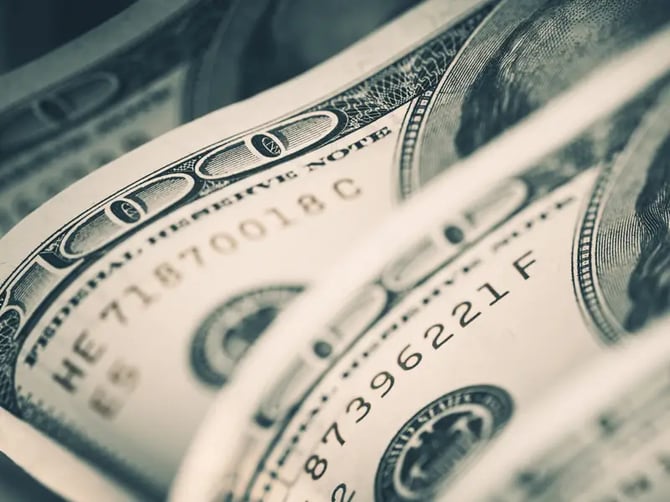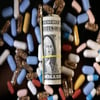Investors Reassess U.S. Safe-Haven Status as Yields Rise and Dollar Slides

Recent market movements suggest investors are beginning to question the U.S.’s long-standing role as a global safe haven. Treasury yields have climbed sharply in recent days, just as the U.S. dollar has weakened more than 3% against a basket of global currencies.
The shift comes amid renewed uncertainty triggered by President Donald Trump's aggressive tariff announcements, which initially included a sweeping 10% levy on all trading partners before being partially retracted.
Typically, heightened geopolitical or trade tensions drive investors toward U.S. assets, boosting the dollar and pulling yields lower. But this time, the opposite is unfolding. The rise in the 10-year Treasury yield, combined with a falling greenback, hints at deeper skepticism in global markets.
As Minneapolis Fed President Neel Kashkari pointed out, the current dollar weakness lends weight to the idea that global capital may be seeking alternatives.
Kashkari, although not a voting member of the Fed’s rate-setting committee this year, emphasized that while there are clear market stresses, core functioning remains intact. He noted that if foreign investors are cooling on U.S. assets, a declining trade deficit and higher bond yields could be the result—marking a notable reversal from the typical U.S. capital inflow pattern.
What Does This Mean for Me?
For now, the Federal Reserve’s stance remains cautious. Policymakers are prioritizing stable inflation expectations and are unlikely to shift interest rates until there’s more clarity on fiscal and trade policy direction.
More News
.webp)
Japan’s Rate Shift Is Rippling Through Global Bond Markets

China’s Growth Engine Stalls as Consumers and Investors Pull Back

Egypt’s Recovery Gains Traction as Household Pressure Lingers

OECD Warns AI and Tariffs Will Test the Global Economy

Zero Tariffs, Higher Drug Bills as US and UK Reset Pharma Trade

Catastrophe Bonds Go Global as Climate Risk Meets Yield Hunting
.webp)
Canada Shields Steel and Lumber Industries From Tariffs
